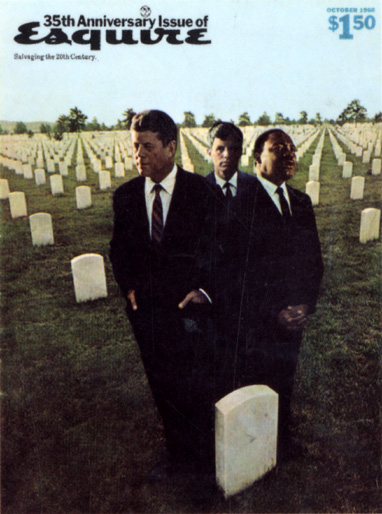BY JAMES KIRKWOOD Now I sit in my hotel room in the French Quarter of New Orleans, trying, and nowhere near succeeding, to ignore the insistent laser-beam razzmatazz of an army of Dixieland combos blasting out from Bourbon Street. I sit practically on top of the wheezing, gently vibrating air conditioner because it’s hot and muggy and my eyes are giving me hell for making them read, in one day, all 491 pages of the Preliminary Hearing of the State of Louisiana against Clay L. Shaw. Shaw had been charged with criminal conspiracy to assassinate President John F. Kennedy, a felony under Louisiana law carrying a penalty of one to twenty years in prison.
Without too much of a stretch, the transcript brings to mind the Spanish Inquisition. Hearsay was freely allowed, dead men spoke, objections by the defense were mostly overruled, those of the prosecution were mostly sustained, and even the state’s star witness, Perry Russo, it turned out, had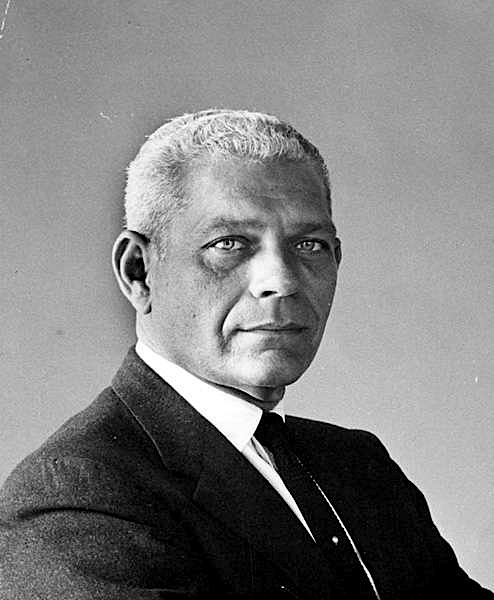 been placed under hypnosis three times at District Attorney Jim Garrison’s bidding to “refresh his mind” and was, in fact, testifying in court under posthypnotic suggestion.
been placed under hypnosis three times at District Attorney Jim Garrison’s bidding to “refresh his mind” and was, in fact, testifying in court under posthypnotic suggestion.
It’s a scarifying document in itself, regardless of one’s opinion of the guilt or innocence of the accused. I’m probably feeling the heat and eyestrain all the more because, from the smell of things in this charming, colorful, quaint, maddening funny-farm of a city, I’m afraid I’ve come to the conclusion that, yes, it could happen to me. Or to you.
So, to get to why I’m sitting here in New Orleans in this far from peaceful state, both of mind and of the Union. Last November I was holed up in my East Hampton cottage, having made a resolution to myself and friends that I now had a stranglehold on the final chapter of a new novel and that nothing, repeat nothing, was going to lure me away from my writing machine and into New York City. Not Bonnie and Clyde, nor Rosencrantz and Guildenstern. I’d even said to a weekend guest and old friend, author James Leo Herlihy, that I wouldn’t come into town if Marlene Dietrich asked me to an intimate supper for G. Garbo — with De Gaulle serving. That was on a Sunday evening as I drove Jim to the train.
Monday noon the phone rang and it was Jim Herlihy saying in a loud voice, “Guess who’s coming to dinner?” I could hear the smile on his face and I knew he had more than fair bait. I swore generously at him before asking.
“Clay Shaw,” says Jim, knowing I’m an archfiend when it comes to real-life trials of any kind and their participants. Celebrities to me are not necessarily Liz and Dick, they are just as likely to be Perry and Dick or Dr. Sam Sheppard or Candy and Mel. Jim went on to say that a friend of his was a friend of Clay Shaw’s and had suggested Shaw call Jim when he was in New York. Jim had invited him to dinner. I swore a bit more and said I’d be there.
I’d seen pictures of Clay Shaw in the newspapers, briefly glimpsed him on television, but I had no idea what kind of a man to expect. Mostly I’d seen New Orleans DA Jim Garrison who for a while had turned up almost nightly on the six o’clock news. I’d read slews of articles about the case and heard all sorts of people sound off about it. The only person who hadn’t really sounded off in detail was the accused himself, outside of a quiet but firm “not guilty.”
So, in meeting Clay Shaw, accused of participation in the “Case of the Century,” as Garrison has called it, you kind of had the feeling you were being introduced in person to a brand-new movie star who’d had a blockbuster publicity campaign but whose first big film hadn’t been released yet.
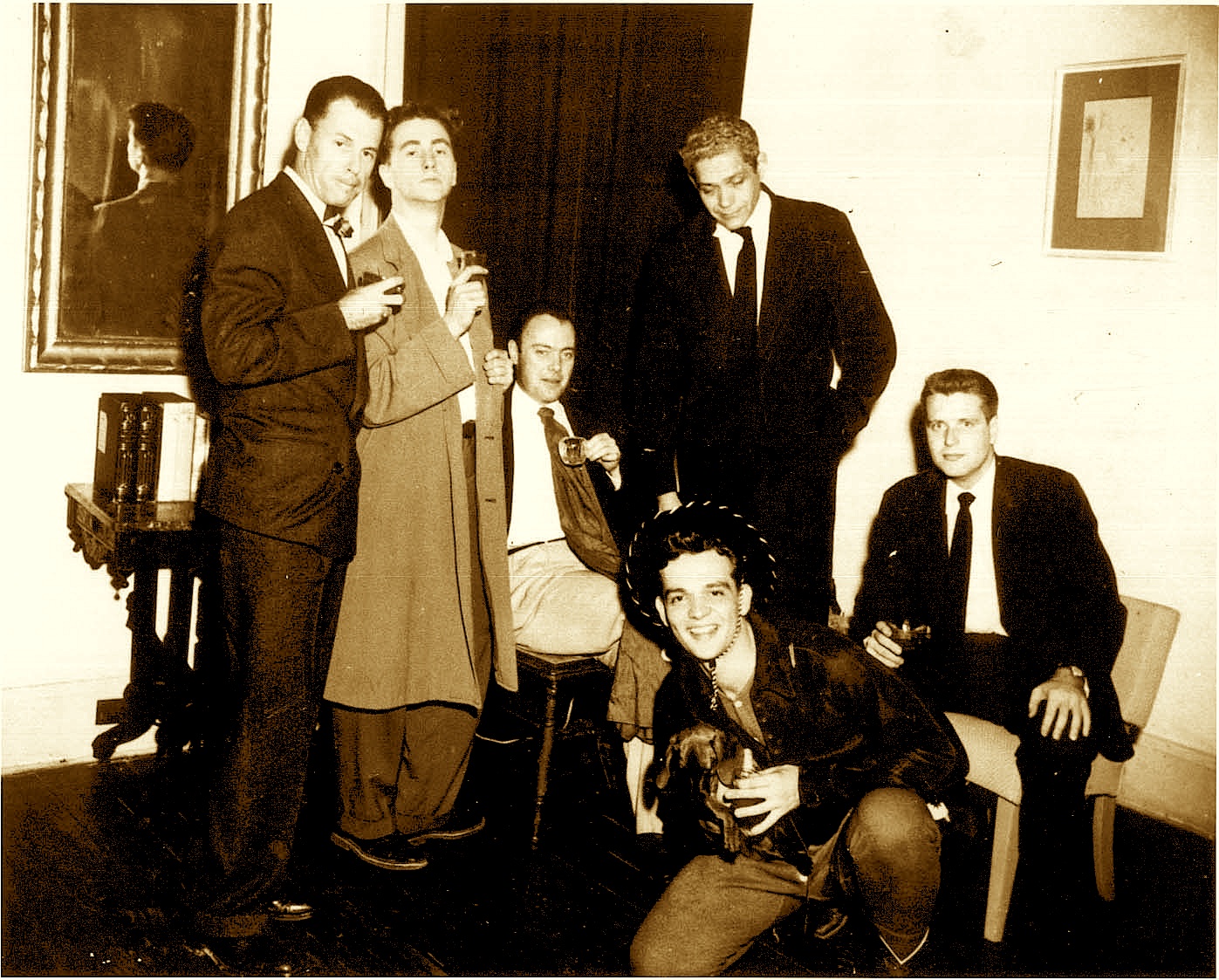
What do you do? You shake hands — mine got lost in his, he’s a barrel-chested six-foot-four, two-hundred-twelve-pound giant of a man with close-cropped white hair, striking blue eyes and, at first sighting, almost handsomely fierce of face — and sit down opposite him while you’re served your first drink, all the time trying hard not to stare through him, inside him, to see if you can possibly detect the answer to the bald question that can’t help rattle around in your head: Say, listen, you didn’t really conspire to assassinate the President of the United States, did you? I mean, did you really hang out with Lee Harvey and all that bunch?
But you don’t. You get your drink, hoist it, and say something bland like, “Here’s to your stay in New York.” Then there’s more light talk: Yes, I’ve been to New Orleans once, fascinating city. No, I’ve never been to Mardi Gras but I hear it’s wild, etc.
And finally, because I sensed a leveling something in the man, I couldn’t help putting my glass down and asking, “Would you mind, or does it bore you, to talk about your [oh-oh, watch the word] predicament?”
“No,” he said with a smile, adding he’d be a liar if he said his “predicament” wasn’t the most ever-present thought-consuming experience of his lifetime.
He spoke with a combination of wisdom and wonderment and a sort of Somerset Maugham knack for storytelling and also humor — but certainly not flippancy — of this most traumatic event from beginning to middle, which is smack where he is, between the indictment of a preliminary hearing and jury trial. By three in the morning we were still listening to his account. You spend eight hours with a man and, though it’s only eight hours, you get a definite feeling about whether you’d trust him with his word, your money, wife, life, or even whether he’d be on time for a luncheon appointment. Call it the scratch test, the intuition test, whatever it is, Clay Shaw passed it, at least for me.
Back to work in East Hampton, where I finally finished the novel. In the meantime there were news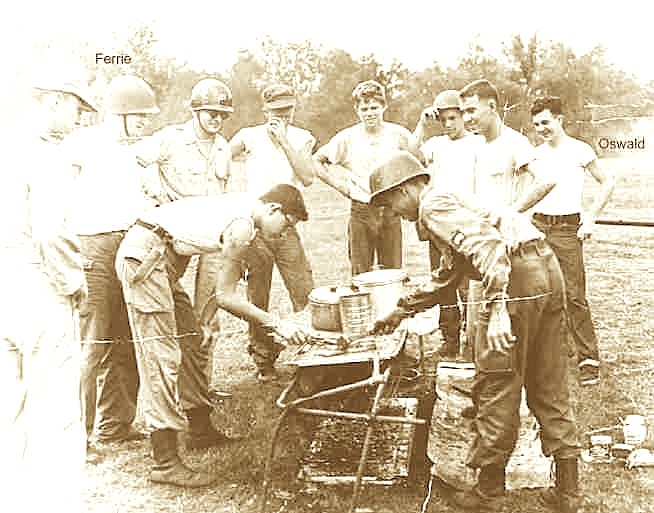 flashes from New Orleans, dates set for the trial, appeals by the defendant’s lawyers, appeals denied, the trial rescheduled, and all the time I was thinking about this man down in Louisiana and wondering what his life was like during all this, wondering if my hunch about him had been 100 percent on the nose. Articles were appearing in almost every national magazine and all those authors who have stumbled upon a second livelihood challenging the Warren Commission were courting hemorrhoids, applying seat of pants to seat of chair, pounding out their theories in staggering quantity that, if nothing else does, should certainly bring on a paper shortage.
flashes from New Orleans, dates set for the trial, appeals by the defendant’s lawyers, appeals denied, the trial rescheduled, and all the time I was thinking about this man down in Louisiana and wondering what his life was like during all this, wondering if my hunch about him had been 100 percent on the nose. Articles were appearing in almost every national magazine and all those authors who have stumbled upon a second livelihood challenging the Warren Commission were courting hemorrhoids, applying seat of pants to seat of chair, pounding out their theories in staggering quantity that, if nothing else does, should certainly bring on a paper shortage.
I finally wrote Clay Shaw a brief note, months later, telling him I had enjoyed meeting him and wishing him luck. He replied soon, thanking me and saying the evening in New York had been a welcome respite from the situation in New Orleans and that his trial was tentatively set for April.
There was no further correspondence and I started, haltingly on little cat feet, into another novel. One morning I suddenly found myself reaching for the phone and dialing my agent: “Say, do you suppose you could get me a magazine assignment to cover the Clay Shaw-Garrison trial?” She was surprised. First, I’d never written a magazine article; second, a magazine article would be scooped by the daily papers; and third, how had it even occurred to me? I told her of meeting Clay Shaw and of my impressions, which time had strengthened. She said to jot them down, send them to her, and she’d get them off to a magazine. But not to hold my breath.
I didn’t, but oddly enough in about ten days I found myself on the Terrifying Silver Bird for New Orleans with a strong suggestion to stick to Clay Shaw’s impressions and go light on the actual evidence in the case which had been presented at length all the way from Playboy to The New Yorker.
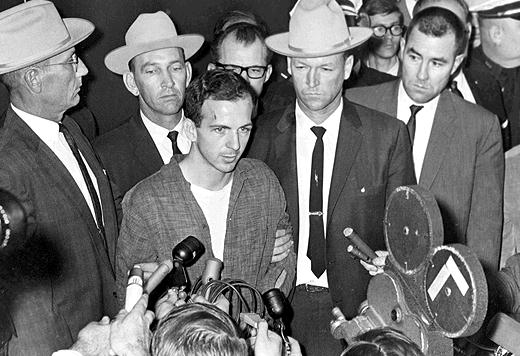 Having forewarned Clay Shaw of my arrival, I rang from my hotel and was invited for drinks and dinner. Toward the end of the conversation, it was dropped that his lawyer, one of four, would also be stopping by for a drink.
Having forewarned Clay Shaw of my arrival, I rang from my hotel and was invited for drinks and dinner. Toward the end of the conversation, it was dropped that his lawyer, one of four, would also be stopping by for a drink.
After cleaning up, I strolled the twelve blocks through the Vieux Carre, gawking at the undisturbed architecture of those hardy yet delicate buildings with their shutters and balconies and iron grillwork, until I came to a white brick wall on Dauphine Street with a red door splashed in the middle.
Clay Shaw greeted me and again I realized what an impressive figure of a man he is as he showed me into the high-walled patio bordered on two sides by ferns, with an oblong glass table at the far end for outdoor dining. Then inside for a look at the immaculate kitchen and good-sized living room which compose the ground floor of the small, charming carriage house he had restored with loving care. The furnishings are French, grouped comfortably around a low coffee table, the floors are polished cork topped by several fine Oriental rugs, there is a small desk and a splendid large gold-leaf mirror. At the top of an angled red-carpeted flight of stairs are a large sparsely furnished bedroom and a bathroom. To city dwellers, the house would be comparable to a duplex apartment. Though it might be described as elegant, good taste and simplicity of choice are manifest. MORE

